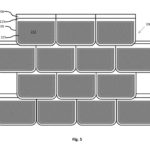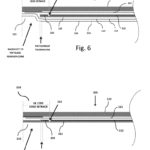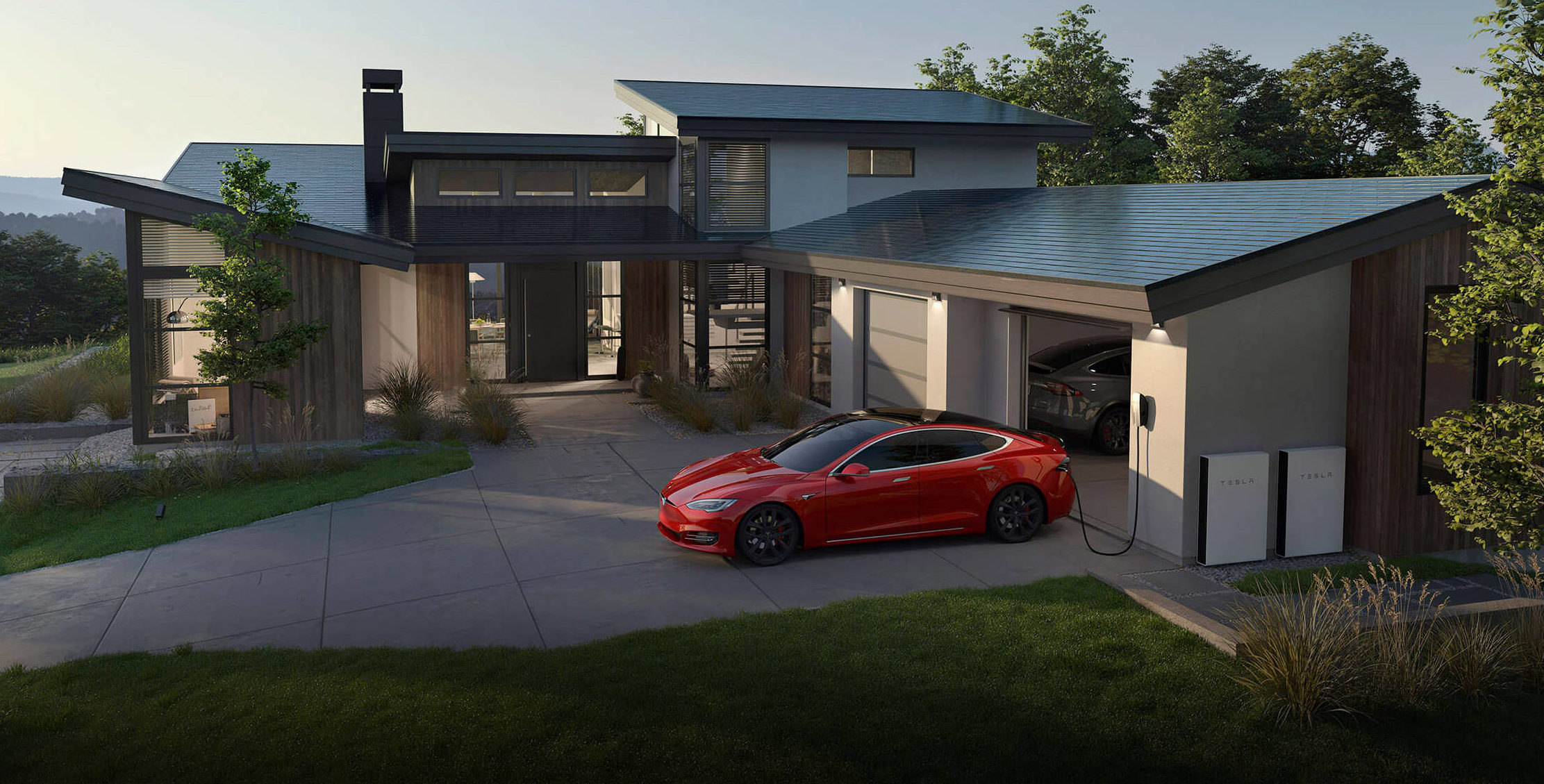

Energy
Tesla patent hints at system that makes Solar Roof tiles look even better
While Tesla’s Solar Roof tiles are already being installed on the homes of first customers in the United States, the shingles themselves are still in initial production. Unveiled back in October 2016, the Solar Roof tiles are expected hit larger production volumes this year. As the company heads into yet another ramp of a potentially disruptive product, though, Tesla appears to be working on some improvements on the tiles’ design as well.
As noted in a recently published patent application, Tesla is developing a system that would allow the company to improve the aesthetics of the solar shingles even further. In the patent application’s description, Tesla noted that integrated photovoltaic (BIPV) roofing systems such as the Solar Roof tiles are becoming more popular in the residential solar market, thanks to their benefits in both function and design. That said, while BIPV systems present an excellent solution for design-conscious customers, the system itself faces some challenges — the most notable of which is visual uniformity.
Tesla notes that in prior art BIPV roofing systems, the active solar portions of a roofing module end up being visibly different in appearance compared to inactive parts of the roof. The company notes that this contrast in appearance can get so pronounced that it becomes easy to spot which tiles are active and which are inactive from road level. Tesla notes that even in the design of the shingles themselves, it is quite easy to determine which parts of the tiles are active and which ones are not.
“This problem of visual mismatch, however, is not limited to BIPV versus non-BIPV sections of the roof. Even within a single roof tile and/or BIPV roofing module, the solar cells or active solar regions are clearly distinguishable from the other surrounding materials. This is due in part to edge setback constraints that impose a fixed, non-active edge border around active solar portions of solar roof tiles or BIPV roofing modules. Therefore, there exists a need for a solar roof tile or BIPV roofing module that ameliorates deficiencies of prior art BIPV roofing systems,” Tesla wrote.
- Tesla’s solar shingle design outlined in its recent patent application. (Photo: US Patent Office)
- Tesla’s solar shingle design outlined in its recent patent application. (Photo: US Patent Office)
The design of Tesla’s solar shingles outlined in its recent patent application. (Photo: US Patent Office)
Tesla explains this design issue for BIPV roofing systems more extensively in the section below.
“In either tile 105 of FIG. 2 or tile 106 of FIG. 3, the lack of active thin-film material within the edge setback results in a relatively large, e.g. ˜16 mm, visible border around the outside of active area 112 that is noticeable not only when viewed up close, but even at street level distances from a roof surface. This result can be seen in the extended partial array 100 of FIG. 4. The relatively large percentage of tile surface area of the edge setback that is devoid of thin-film material creates a sharply contrasting two-color/two-tone pattern between the area surrounding the active area of thin-film photovoltaic material and the active area of thin-film photovoltaic material. In embodiments, techniques are used to provide aesthetic uniformity such as depositing colored material on the underside of top glass 110 prior to lamination to conceal active area 112 beneath. This approach, however, may result in a reduction in energy collection because these extra materials may block photons from reaching active area 112.”
Tesla’s solution for this aesthetic challenge — which uses an inactive area of thin-film photovoltaic material that surrounds a solar shingles’ active area — is simple and clever. Tesla describes its design in the section below.
“As shown, the tiles 205 include a substantially rectangular active 212 surrounded by a substantially rectangular board of an inactive area 225. In embodiments, the inactive area may completely surround the active area or may only be present on one, two or three sides of the active area. As shown in FIG. 5, the tiles 205 create a more uniform look and, when viewed at distances, such as in shown in FIG. 8, adhesion area 215 blends into the natural seams between adjacent tiles or between active areas 212 of adjacent tile sections. The visible material difference has been attenuated by the use of non-active thin-film material within a portion of the setback region allowing for a smaller adhesion zone.”
Tesla’s recent patent application would be particularly useful for the other Solar Roof variants planned by the company. So far, social media posts from Solar Roof owners show homes fitted with the company’s Textured tiles, whose design inherently bypasses the uniformity issues described in the patent application. As for other Solar Roof variants like Smooth and Tuscan, though, the recent application’s innovations would certainly be beneficial.
Tesla’s Solar Roof tiles are being produced at Gigafactory 2 in Buffalo, NY. Over the years, the facility has largely evaded attention, particularly as Tesla’s energy business was mostly overshadowed by the company’s ramp for the Model 3. Last year, though, Tesla opened the doors of Gigafactory 2 to the media, providing a glimpse of what is in store for the company’s residential solar business. While Tesla did not provide specifics on the facility’s current output, the electric car and energy company did state that Gigafactory 2 is operating 24/7, and that the long waiting list for the Solar Roof tiles would likely keep the entire facility busy for years.
Energy
Tesla Lathrop Megafactory celebrates massive Megapack battery milestone
The Tesla Megapack is the backbone of Tesla Energy’s battery deployments.
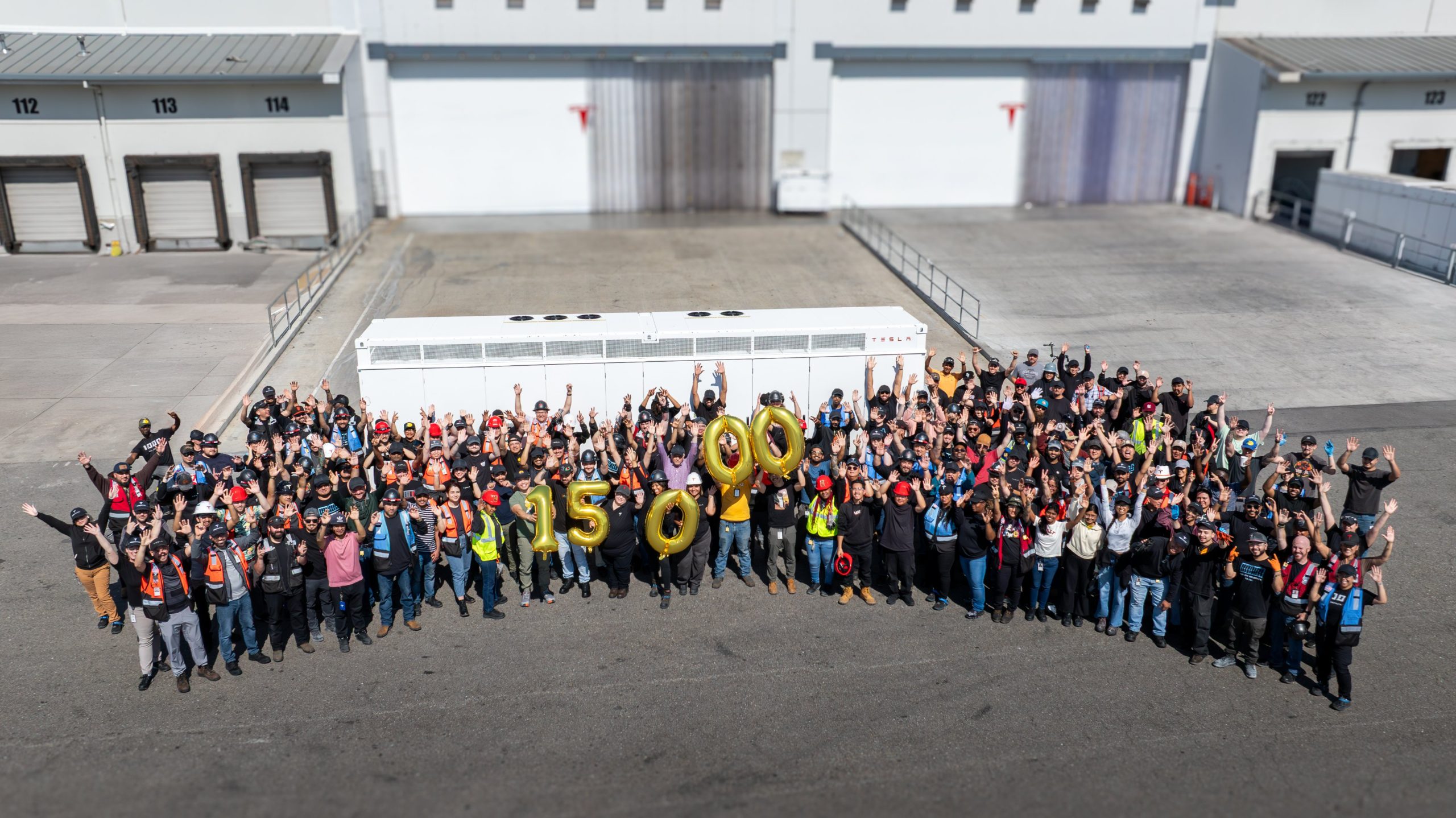
The Tesla Lathrop Megafactory recently achieved a new milestone. As per the official Tesla Megapack account on X, the Lathrop Megafactory has produced its 15,000th Megapack 2 XL battery.
15,000 Megapack Batteries
Tesla celebrated the milestone with a photo of the Lathrop Megafactory team posing with a freshly produced Megapack battery. To commemorate the event, the team held balloons that spelled out “15,000” as they posed for the photo.
The Tesla Megapack is the backbone of Tesla Energy’s battery deployments. Designed for grid-scale applications, each Megapack offers 3.9 MWh of energy and 1.9 MW of power. The battery is extremely scalable, making it perfect for massive energy storage projects.
More Megafactories
The Lathrop Megafactory is Tesla’s first dedicated facility for its flagship battery storage system. It currently stands as the largest utility-scale battery factory in North America. The facility is capable of producing 10,000 Megapack batteries every year, equal to 40 GWh of clean energy storage.
Thanks to the success of the Megapack, Tesla has expanded its energy business by building and launching the Shanghai Megafactory, which is also expected to produce 40 GWh of energy storage per year. The ramp of the Shanghai Megafactory is quite impressive, with Tesla noting in its Q1 2025 Update Letter that the Shanghai Megafactory managed to produce over 100 Megapack batteries in the first quarter alone.
Tesla Energy’s Potential
During the first quarter earnings call, CEO Elon Musk stated that the Megapack is extremely valuable to the energy industry.
“The Megapack enables utility companies to output far more total energy than would otherwise be the case… This is a massive unlock on total energy output of any given grid over the course of a year. And utility companies are beginning to realize this and are buying in our Megapacks at scale,” Musk said.
Energy
Tesla Megapacks powers the xAI Colossus supercomputer
Tesla Megapacks step in to stabilize xAI’s Colossus supercomputer, replacing natural gas turbines. Musk’s ventures keep intertwining.
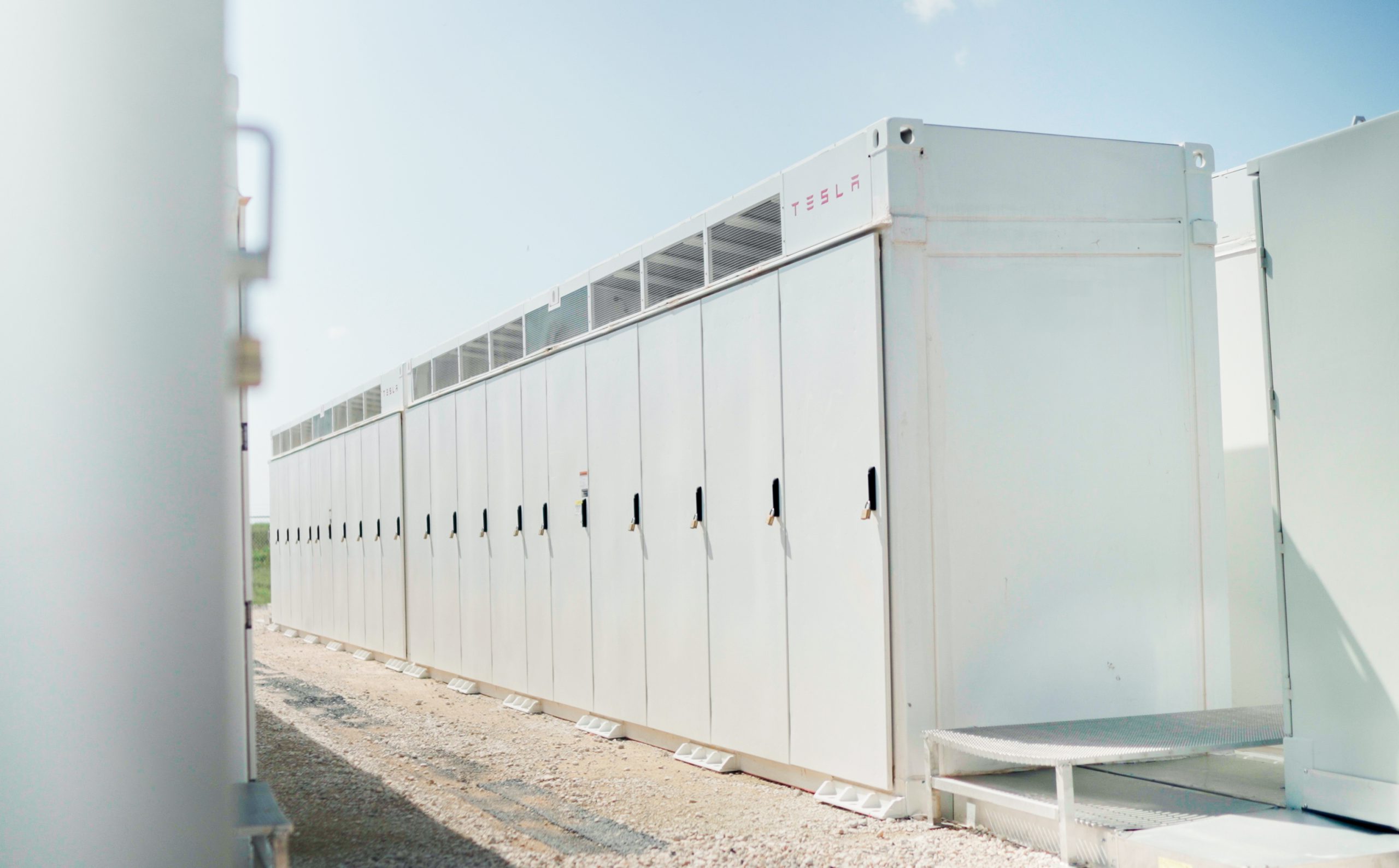
Tesla Megapack batteries will power the xAI Colossus supercomputer in Memphis to ensure power stability. The collaboration between Tesla and xAI highlights the synergy among Elon Musk’s ventures.
The artificial intelligence startup has integrated Tesla Megapacks to manage outages and demand surges, bolstering the facility’s reliability. The Greater Memphis Chamber announced that Colossus, recently connected to a new 150-megawatt electric substation, is completing its first construction phase. This transition addresses criticism from environmental justice groups over the initial use of natural gas turbines.
“The temporary natural gas turbines that were being used to power the Phase I GPUs prior to grid connection are now being demobilized and will be removed from the site over the next two months.
“About half of the operating turbines will remain operating to power Phase II GPUs of xAI until a second substation (#22) already in construction is completed and connected to the electric grid, which is planned for the Fall of 2025, at which time the remaining turbines will be relegated to a backup power role,” the Chamber stated.
xAI’s rapid development of Colossus reflects its ambition to advance AI capabilities, but the project has faced scrutiny for environmental impacts. The shift to Megapacks and grid power aims to mitigate these concerns while ensuring operational continuity.
The Megapack deployment underscores the collaboration among Musk’s companies, including Tesla, SpaceX, Neuralink, and The Boring Company. Tesla appears to be the common link between all of Musk’s companies. For example, The Boring Company built a tunnel in Giga, Texas. In addition, Musk has hinted at a potential collaboration between the Tesla Optimus Bot and Neuralink. And from January 2024 to February 2025, xAI invested $230 million in Megapacks, per a Tesla filing.
Tesla Energy reported a 156% year-over-year increase in Q1 2025, deploying 10.4 GWh of storage products, including Megapacks and Powerwalls. Tesla’s plans for a new Megapack factory in Waller County, Texas, which is expected to create 1,500 jobs in the area, further signal its commitment to scaling energy solutions.
As xAI leverages Tesla’s Megapacks to power Colossus, the integration showcases Musk’s interconnected business ecosystem. The supercomputer’s enhanced stability positions xAI to drive AI innovation, while Tesla’s energy solutions gain prominence, setting the stage for broader technological and economic impacts.
Energy
Tesla Energy celebrates one decade of sustainability
Tesla Energy has gone far since its early days, and it is now becoming a progressively bigger part of the company.
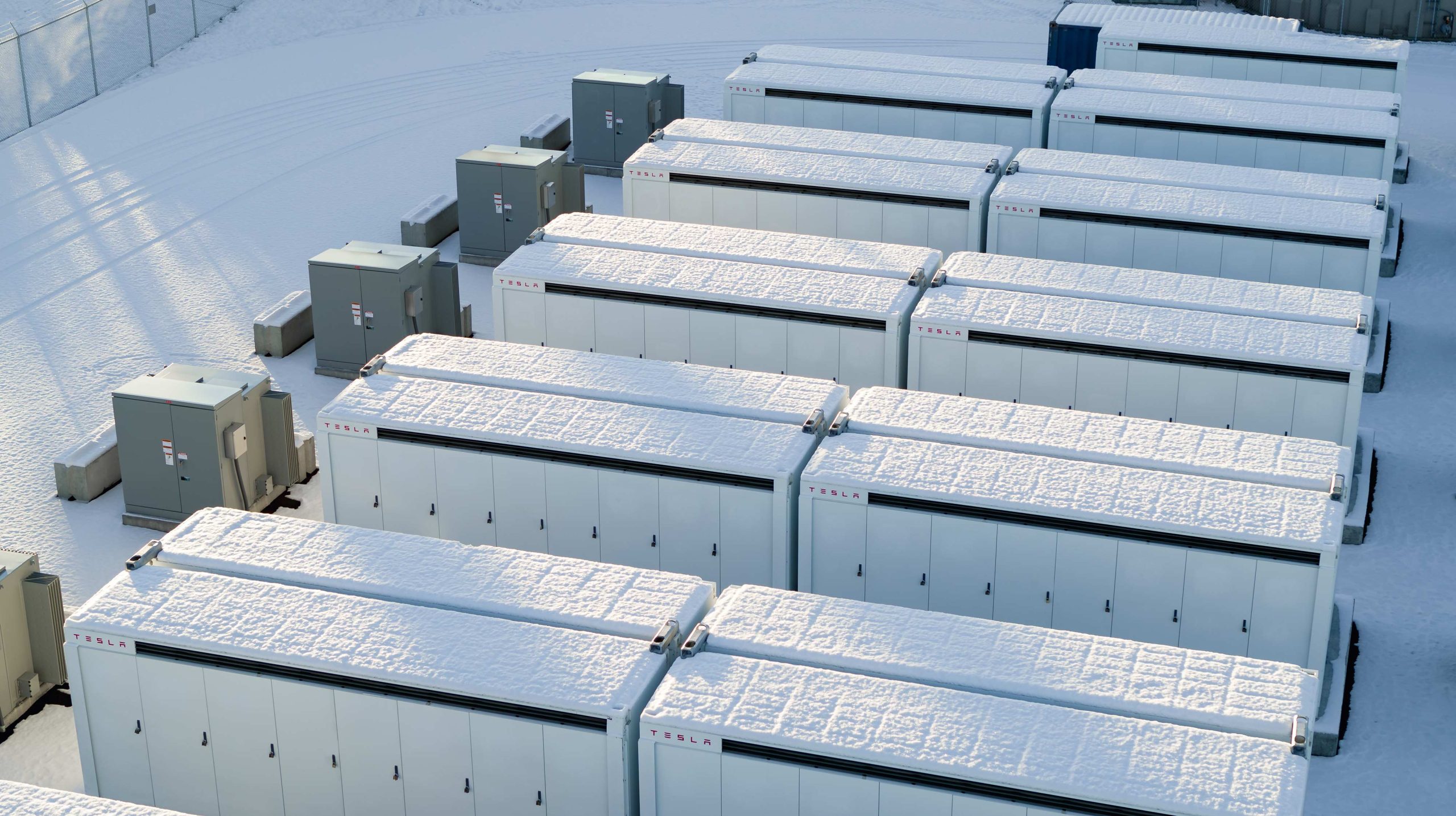
Tesla Energy recently celebrated its 10th anniversary with a dedicated video showcasing several of its milestones over the past decade.
Tesla Energy has gone far since its early days, and it is now becoming a progressively bigger part of the company.
Tesla Energy Early Days
When Elon Musk launched Tesla Energy in 2015, he noted that the business is a fundamental transformation of how the world works. To start, Tesla Energy offered the Powerwall, a 7 kWh/10 kWh home battery system, and the Powerpack, a grid-capable 100 kWh battery block that is designed for scalability. A few days after the products’ launch, Musk noted that Tesla had received 38,000 reservations for the Powerwall and 2,500 reservations for the Powerpack.
Tesla Energy’s beginnings would herald its quiet growth, with the company later announcing products like the Solar Roof tile, which is yet to be ramped, and the successor to the Powerwall, the 13.5 kWh Powerwall 2. In recent years, Tesla Energy also launched its Powerwall 3 home battery and the massive Megapack, a 3.9 MWh monster of a battery unit that has become the backbone for energy storage systems across the globe.
Key Milestones
As noted by Tesla Energy in its recent video, it has now established facilities that allow the company to manufacture 20,000 units of the Megapack every year, which should help grow the 23 GWh worth of Megapacks that have already been deployed globally.
The Powerwall remains a desirable home battery as well, with more than 850,000 units installed worldwide. These translate to 12 GWh of residential entry storage delivered to date. Just like the Megapack, Tesla is also ramping its production of the Powerwall, allowing the division to grow even more.
Tesla Energy’s Role
While Tesla Energy does not catch as much headlines as the company’s electric vehicle businesses, its contributions to the company’s bottom line have been growing. In the first quarter of 2025 alone, Tesla Energy deployed 10.4 GWh of energy storage products. Powerwall deployments also crossed 1 GWh in one quarter for the first time. As per Tesla in its Q1 2025 Update Letter, the gross margin for the Energy division has improved sequentially as well.
-

 News3 days ago
News3 days agoTesla debuts hands-free Grok AI with update 2025.26: What you need to know
-

 Elon Musk1 week ago
Elon Musk1 week agoElon Musk confirms Grok 4 launch on July 9 with livestream event
-

 Elon Musk5 days ago
Elon Musk5 days agoxAI launches Grok 4 with new $300/month SuperGrok Heavy subscription
-

 News2 weeks ago
News2 weeks agoTesla Model 3 ranks as the safest new car in Europe for 2025, per Euro NCAP tests
-

 Elon Musk2 weeks ago
Elon Musk2 weeks agoxAI’s Memphis data center receives air permit despite community criticism
-

 News5 days ago
News5 days agoTesla begins Robotaxi certification push in Arizona: report
-

 Elon Musk2 weeks ago
Elon Musk2 weeks agoTesla reveals it is using AI to make factories more sustainable: here’s how
-

 Elon Musk2 weeks ago
Elon Musk2 weeks agoTesla scrambles after Musk sidekick exit, CEO takes over sales

